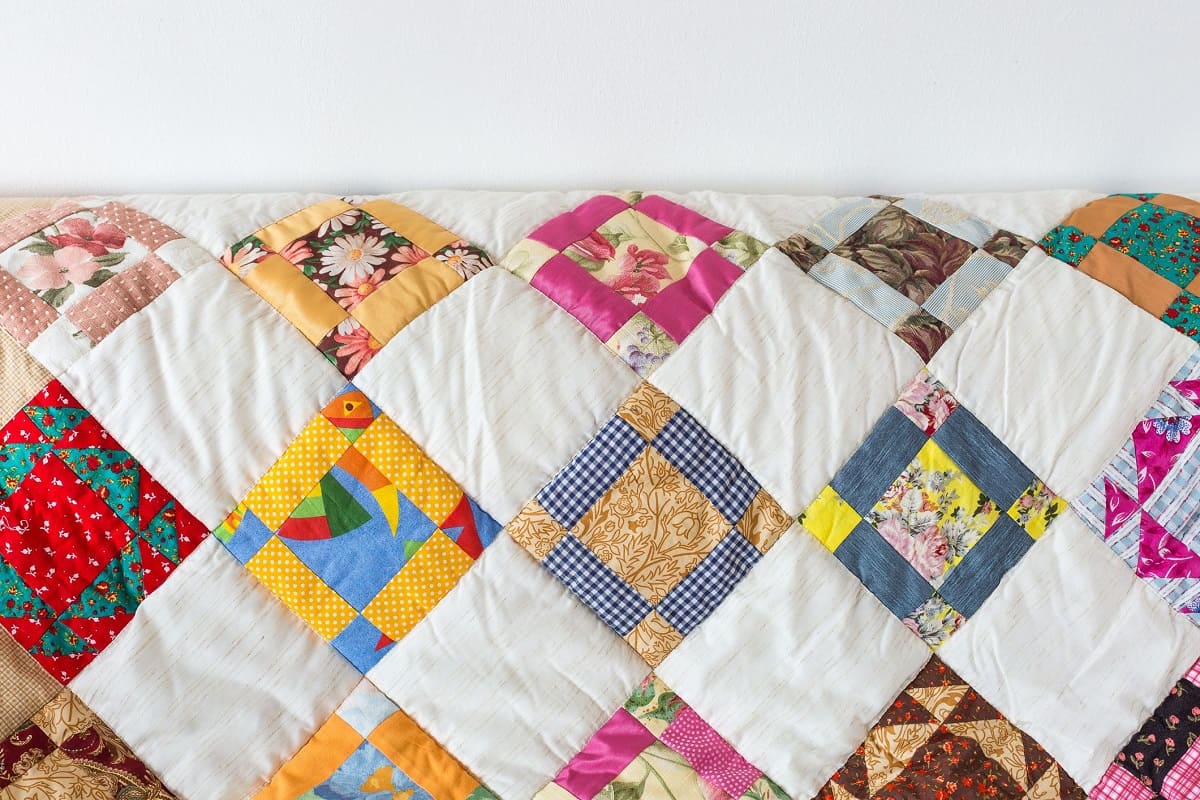

Articles
What Is A Patchwork Quilt?
Modified: August 22, 2024
Discover the art of patchwork quilting with our informative articles. Learn about different techniques, patterns, and tips to create stunning patchwork quilts for your home.
(Many of the links in this article redirect to a specific reviewed product. Your purchase of these products through affiliate links helps to generate commission for Storables.com, at no extra cost. Learn more)
Introduction
Welcome to the colorful world of patchwork quilts! In this article, we will explore the fascinating art and tradition of patchwork quilting, from its origins to its use in modern times. A patchwork quilt is a labor of love, created by joining together various fabric pieces to form a cohesive and beautiful design. This ancient craft has been passed down through generations, bringing warmth, comfort, and artistic expression into homes around the world.
Whether you are an avid quilter, a collector of textiles, or simply curious about this timeless craft, join us as we delve into the history, techniques, and creative possibilities of patchwork quilts.
Key Takeaways:
- Patchwork quilts are a rich tradition, evolving from resourceful beginnings to cherished heirlooms. They offer warmth, comfort, and a canvas for creativity, connecting generations and fostering a sense of community.
- The art of patchwork quilting combines timeless techniques with modern trends, offering endless possibilities for creative expression. Quilts provide comfort, beauty, and a tangible link to the past, enriching lives and bringing people together.
Read more: What Is A Quilt
Definition of a Patchwork Quilt
A patchwork quilt is a type of quilt that is made by sewing together small pieces of fabric, usually in geometric shapes such as squares or triangles, to form a larger design. The name “patchwork” refers to the process of piecing together these fabric patches and creating a cohesive whole.
Traditionally, patchwork quilts were made using leftover fabric scraps from clothing or household textiles, allowing for resourcefulness and creativity. Today, quilters often use a combination of new fabrics and vintage or repurposed materials to create their patchwork designs.
The beauty of a patchwork quilt lies in its intricate patterns, colors, and textures. Each fabric piece, known as a patch or a quilt square, contributes to the overall design, often forming repeating motifs and a visually stunning mosaic. The patches are usually sewn together using a technique called stitching-in-the-ditch, which involves stitching along the seams to create a seamless appearance.
Additionally, patchwork quilts are often combined with quilting, which is the process of stitching through the layers of fabric to create a quilted texture and to secure the layers together. This quilting can be done by hand or using a sewing machine and adds an extra layer of artistry and durability to the finished quilt.
Overall, patchwork quilts are treasured for their beauty, craftsmanship, and the stories they tell. They serve both as functional bedding and as works of art, bringing warmth, comfort, and a touch of nostalgia to any space they adorn.
History of Patchwork Quilts
The history of patchwork quilts can be traced back thousands of years, with evidence of their existence found in various cultures around the world. The exact origins of quilting and patchwork are often difficult to determine due to the perishable nature of fabric and the undocumented nature of early textile practices. Nevertheless, it is believed that patchwork quilting developed independently in different regions and evolved over time.
One of the earliest known examples of patchwork quilting can be found in ancient Egypt, where quilted clothing and bed covers were discovered in the tombs of pharaohs. The use of patchwork allowed the Egyptians to recycle and repurpose fabric, showcasing their resourcefulness and skill in creating intricate designs using simple geometric shapes.
In Europe, patchwork quilting gained popularity during the Middle Ages as a means of preserving and extending the life of textiles. Quilts were often made from scraps of fabric salvaged from worn-out garments and household linens. These early quilts were primarily functional, providing warmth and comfort during chilly winters.
The tradition of patchwork quilting was brought to America by European settlers in the 17th and 18th centuries. Quilts became an integral part of colonial life, with women utilizing their sewing skills to create quilts for utilitarian purposes, as well as for artistic expression.
During the 19th century, quilting underwent a transformation with the rise of the Industrial Revolution. Advances in fabric production, such as the availability of pre-cut fabric squares, and the invention of the sewing machine, allowed for faster and more efficient quilt-making. This period also saw the emergence of quilting bees and social gatherings where women would come together to create quilts, share patterns, and exchange ideas.
The quilting revival of the 20th century brought renewed interest in patchwork quilts as an art form. Quilting guilds and societies were formed, and quilt shows and competitions showcased the incredible talent and creativity of quilters worldwide. Today, patchwork quilting has become a popular hobby and form of creative expression, with quilters exploring various techniques, styles, and designs.
Throughout its long and rich history, patchwork quilting has provided a window into the lives and stories of individuals and communities. It has served as a way to pass down traditions, celebrate milestones, express creativity, and create enduring heirlooms that are cherished for generations to come.
Traditional Patchwork Techniques
Traditional patchwork quilting techniques encompass a wide range of methods that have been refined and passed down through generations. These techniques serve as the foundation for creating visually stunning and structurally sound patchwork quilts. Let’s explore some of the most commonly used traditional techniques:
- English Paper Piecing (EPP): This technique involves wrapping fabric around paper templates, basting them in place, and then hand-sewing the fabric pieces together along their edges. EPP is known for its precision and is often used to create intricate and detailed quilt designs.
- Hand-Piecing: Hand-piecing is a method in which fabric pieces are sewn together by hand using a simple running stitch. This technique allows for greater control and is often preferred for more complex designs that require precise alignment of seams.
- Appliqué: Appliqué is the process of sewing fabric shapes onto a base fabric to create decorative motifs or designs. This can be done by hand or using a sewing machine. Appliqué adds texture and dimension to a patchwork quilt and allows for creative expression through the use of different fabrics and embellishments.
- Log Cabin: The log cabin is a classic patchwork block that involves starting with a central square and adding strips of fabric, one at a time, around it in a spiral fashion. This technique creates a visually striking pattern that is reminiscent of a log cabin structure.
- Nine Patch: The nine patch block is a versatile and popular design that consists of nine equal-sized squares arranged in a three-by-three grid. It is a fundamental block used in many patchwork quilt patterns and lends itself to countless design variations.
These are just a few examples of the traditional patchwork techniques that have stood the test of time. Each technique requires patience, skill, and attention to detail, but the end result is a quilt that showcases the artistry and dedication of its maker.
Quilting Patterns and Designs
The world of quilting is filled with a myriad of patterns and designs, each with its own unique charm and visual appeal. From classic designs to modern interpretations, quilters have an endless array of options to choose from when creating their patchwork quilts. Here are some popular quilting patterns and designs:
- Log Cabin: The log cabin block, mentioned earlier as a traditional patchwork technique, is also a beloved quilting pattern. It consists of long strips of fabric that surround a central square, creating a spiral effect resembling the logs of a cabin. The symmetrical and geometric nature of this design makes it a timeless favorite.
- Double Wedding Ring: The double wedding ring pattern features interlocking rings, symbolizing eternal love and unity. This intricate design requires skillful piecing and is often seen as a masterpiece among quilters.
- Bargello: Bargello quilts are known for their mesmerizing and vibrant designs. This technique involves using strips of fabric in different colors and shades to create a wave-like effect. The resulting quilt gives the illusion of movement and creates a stunning visual impact.
- Star Quilts: Star patterns are a popular choice among quilters. There are various types, including the Lone Star, Ohio Star, and Sawtooth Star, each with its own unique arrangement of fabric squares and triangles to form a star shape. Star quilts evoke a sense of tradition and add a touch of celestial beauty to any quilt.
- Sampler Quilts: Sampler quilts are a collection of different blocks or patterns combined in a single quilt. Each block showcases a unique design or technique, allowing quilters to experiment and showcase their skills. Sampler quilts offer endless possibilities for creativity and personal expression.
These are just a few examples of the numerous quilting patterns and designs in existence. Many quilters also create their own unique designs, combining elements from different patterns or infusing their quilts with their personal style and inspiration.
When selecting a pattern or design for a patchwork quilt, quilters consider factors such as the complexity of the design, the level of skill required, and the desired visual impact. Whether opting for a traditional or contemporary design, the ultimate goal is to create a quilt that tells a story, evokes emotion, and captures the imagination of both the creator and the viewer.
Read more: What Is A Temperature Quilt
Materials Used in Patchwork Quilts
Patchwork quilts are crafted using a variety of materials, each carefully chosen to bring texture, color, and durability to the final piece. Here are some common materials used in patchwork quilts:
- Fabric: Fabric is the primary component of a patchwork quilt. Quilters typically use cotton fabric due to its versatility, wide range of colors and patterns, and ease of sewing. Other popular fabric options include linen, silk, wool, and blends.
- Backing Fabric: The backing fabric is the fabric used for the underside of the quilt. It provides structural support and ensures the quilt remains intact. It is essential to choose a durable fabric that complements the quilt top.
- Batting/Wadding: Batting or wadding is the middle layer of the quilt. It provides insulation and adds loft to the quilt. Common batting materials include cotton, polyester, wool, and bamboo. The choice of batting depends on factors such as warmth, weight, and desired drape of the finished quilt.
- Thread: Thread plays a crucial role in quilting. It is used for piecing the fabric together and for the quilting stitches that hold the layers together. A high-quality cotton or polyester thread is commonly used for patchwork quilts.
- Binding: Binding is the fabric strip that is used to cover the raw edges of the quilt and give it a finished look. Quilters typically use coordinating or contrasting fabric for the binding to add visual interest.
- Embellishments: Some quilters like to add embellishments to their patchwork quilts to enhance the design. This can include buttons, beads, ribbons, or embroidery, to name a few. Embellishments add a personal touch and can make the quilt truly unique.
When selecting materials for a patchwork quilt, it is important to consider factors such as the intended use of the quilt, the desired aesthetic, and the level of durability required. Quilters often enjoy mixing and matching different fabric patterns, colors, and textures to create visual interest and depth in their quilts.
Ultimately, the choice of materials is a personal one, allowing quilters to showcase their creativity and bring their vision to life in the form of a beautiful and functional patchwork quilt.
When making a patchwork quilt, be sure to use a consistent seam allowance to ensure that all your pieces fit together properly and your finished quilt lays flat.
Tools and Equipment Needed
To embark on your patchwork quilt-making journey, it’s important to have the right tools and equipment at your disposal. While the list may vary depending on the techniques and complexity of your quilt, here are some essential tools and equipment commonly used in patchwork quilting:
- Rotary Cutter and Mat: A rotary cutter is a versatile tool with a circular blade that allows for precise cutting of fabric. It is used in conjunction with a self-healing cutting mat, providing a stable surface for cutting fabric into desired shapes and sizes.
- Quilting Ruler: A quilting ruler is a long, transparent ruler typically made of acrylic. It is used in combination with the rotary cutter to ensure accurate and straight cuts while measuring fabric and creating precise quilt blocks.
- Sewing Machine: A sewing machine speeds up the piecing process and provides consistent and professional-looking stitches. Look for a sewing machine that offers various stitch options, adjustable speed, and a quilting foot for ease of quilting.
- Hand Sewing Needles: Hand sewing needles are essential for techniques such as English Paper Piecing and hand appliqué. Choose needles with a sharp point and a length suitable for your hand-stitching preferences.
- Iron and Ironing Board: Pressing fabric is a critical step in patchwork quilting. An iron and ironing board help to create crisp, flat seams and ensures accuracy in piecing. Opt for an iron with adjustable temperature settings to accommodate different fabric types.
- Quilting Pins and Clips: Quilting pins and clips are used to hold fabric layers together during the quilting process. Look for long, thin pins with sharp points for accurate placement, or use clips for securing thicker or delicate fabrics.
- Quilting Marking Tools: These tools are used to make temporary marks on fabric to indicate quilting lines or design elements. Options include fabric markers, chalk pencils, or water-soluble pens. Be sure to choose a marking tool that is easily visible on your fabric but can be easily removed.
- Thimble: A thimble is worn on the finger to protect it while hand sewing. It helps to push the needle through the fabric and prevents the needle from slipping and causing injury.
These are just a few of the essential tools and equipment needed for patchwork quilting. As you delve deeper into the craft, you may find additional tools and gadgets that suit your specific quilting style and preferences. Remember, investing in quality tools and maintaining them properly will contribute to the success and enjoyment of your quilting projects.
Process of Making a Patchwork Quilt
The process of making a patchwork quilt involves several steps, from planning and fabric selection to quilting and finishing touches. While the specific techniques and designs may vary, here is a general overview of the process:
- Design and Planning: Start by deciding on a design or pattern for your quilt. Consider the dimensions, block or motif arrangement, color scheme, and overall aesthetic. You can use quilt design software or graph paper to sketch out your ideas and plan the layout of your quilt.
- Fabric Selection: Once you have a design in mind, select the fabric for your quilt. Consider the color scheme, pattern scale, and texture. It’s helpful to gather swatches or take photos of your fabric choices to visualize how they will look together. Don’t forget to include a backing fabric and batting for the quilt’s middle layer.
- Cutting and Piecing: Use a rotary cutter, mat, and quilting ruler to accurately cut your fabric into the desired shapes and sizes according to your pattern. Assemble the quilt blocks or motifs by sewing the fabric pieces together using a sewing machine or hand-piecing techniques.
- Layout and Assembly: Lay out your pieced blocks or motifs to determine the final arrangement of your quilt. Once you’re satisfied with the layout, sew the blocks together to form the quilt top. Press the seams open or to one side to reduce bulk and achieve crisp lines.
- Layering and Basting: Lay your quilt top on top of the batting and backing fabric, aligning the edges. Smooth out any wrinkles or creases and carefully pin or baste the layers together. This ensures they stay in place during the quilting process.
- Quilting: Quilt your layers together, either by hand or using a sewing machine. This can be done with straight lines, free-motion quilting, or by following quilting stencils or markings. Quilting not only secures the layers but also adds texture and design to the quilt.
- Binding: Create and attach the binding, which is a fabric strip that covers the raw edges of the quilt. Fold the binding in half and sew it onto the quilt, mitering the corners for a neat finish. Hand-stitch or machine-stitch the binding to the back of the quilt to complete the edge.
- Finishing Touches: Give your quilt a final press and inspect it for any loose threads or imperfections. Add any desired embellishments, such as embroidery or appliqué, and attach a label with your name and the date to commemorate your creation.
Remember, the process of making a patchwork quilt requires time, patience, and attention to detail. Enjoy the journey and embrace the creative process as you bring your vision to life. The end result will be a beautiful and cherished quilt that reflects your creativity and love for this timeless craft.
Modern Variations and Trends
While patchwork quilting has deep roots in tradition, it has also evolved and adapted to modern times, giving rise to various variations and trends. From contemporary designs to innovative techniques, here are some modern variations and trends in patchwork quilting:
- Minimalism: Minimalistic quilt designs have gained popularity in recent years. These quilts feature clean lines, solid fabrics, and ample negative space, allowing for a bold and modern aesthetic.
- Improv Quilting: Improvisational or “improv” quilting embraces spontaneity and experimentation. Quilters do not follow a specific pattern but instead piece together fabric intuitively, creating unique and organic designs.
- Art Quilts: Art quilts stretch the boundaries of traditional patchwork by incorporating elements of fine art and mixed media. They often feature intricate appliqué, fabric painting, thread painting, and embellishments, making them true works of art.
- Modern Traditionalism: Modern traditional quilts combine traditional quilt block designs with a contemporary twist. Quilters reinterpret classic patterns using bold colors, alternate grid arrangements, or asymmetric layouts, resulting in fresh and vibrant quilts.
- Foundation Paper Piecing: Foundation paper piecing is a technique that allows for precise and intricate piecing. Quilters sew fabric pieces onto a paper or muslin foundation, creating complex quilt blocks with sharp points and intricate angles.
- Collaborative Quilting: Collaborative quilting projects have become increasingly popular, where multiple quilters contribute blocks or sections to a single quilt. This collaborative effort allows for diverse perspectives and a shared sense of community in quilt-making.
- Modern Color Palettes: Modern quilting often embraces vibrant and unexpected color combinations. Quilters experiment with bold, saturated colors and incorporate color-blocking or ombré effects to create visually striking quilts.
- Sustainable Quilting: With a growing focus on sustainability, quilters are using repurposed fabrics, upcycled materials, and organic cotton to create eco-friendly quilts. These quilts showcase creativity, resourcefulness, and a commitment to the environment.
These modern variations and trends demonstrate the evolving nature of patchwork quilting. They inspire quilters to push boundaries, explore new techniques, and infuse their personal style and creativity into their quilt-making.
Whether you gravitate towards the simplicity of minimalism or the vibrant complexity of art quilts, the world of modern patchwork quilting offers endless possibilities for quilters to express themselves, break conventions, and create stunning quilts that reflect the spirit of contemporary design.
Read more: What Is A Bed Quilt
Uses and Benefits of Patchwork Quilts
Patchwork quilts are not just beautiful works of art; they also serve a variety of practical purposes and offer numerous benefits. Here are some uses and benefits of patchwork quilts:
- Warmth and Comfort: One of the primary purposes of a patchwork quilt is to provide warmth and comfort. Made from layers of fabric and batting, quilts offer insulation and help regulate body temperature, keeping you cozy during colder months.
- Bedding: Patchwork quilts are commonly used as bedding. They add a touch of beauty and personalization to a bedroom while providing an extra layer of warmth and comfort. They can be layered with sheets or used as the topmost cover on a bed.
- Decorative Element: Patchwork quilts are versatile decorative elements that can enhance the aesthetic of any space. Whether used as a bedspread, thrown over a couch, or displayed on a wall, they add texture, color, and a sense of coziness to a room.
- Heirloom and Sentimental Value: Many patchwork quilts hold significant sentimental value, often being passed down from generation to generation. They become cherished family heirlooms, carrying the memories, stories, and love of those who made or owned them.
- Unique Handmade Gift: A patchwork quilt made with love and craftsmanship can make a thoughtful and meaningful gift for loved ones. It represents time, effort, and care invested in creating a special item that brings comfort and joy.
- Therapeutic and Relaxation: Engaging in the process of creating a patchwork quilt can be therapeutic and relaxing. The repetitive motions of cutting, piecing, and stitching can help reduce stress, promote mindfulness, and provide a creative outlet.
- Expression of Creativity: Patchwork quilting allows for artistic expression and individual creativity. Quilters have the freedom to choose fabrics, colors, patterns, and designs, enabling them to create unique and personalized quilts that reflect their style and vision.
- Community and Connection: Quilting has a rich community of enthusiasts who come together in quilting circles, guilds, and online communities. Sharing techniques, patterns, and stories creates a sense of camaraderie and connection among quilters, fostering friendship and support.
- Environmentally Friendly: Patchwork quilts can contribute to a more sustainable lifestyle by utilizing repurposed or upcycled fabrics. By using leftover fabric scraps or recycling old textiles, quilters reduce waste and promote eco-consciousness.
Whether you use a patchwork quilt for warmth, decoration, or as a tangible link to the past, its unique beauty and the benefits it offers make it a truly special and cherished item. Patchwork quilts have a way of bringing people together, offering comfort, and adding beauty to our lives.
Conclusion
Patchwork quilts are more than just stitched-together fabric; they are a testament to the timeless artistry, creativity, and craftsmanship of quilters. From their humble beginnings as a means to repurpose fabric scraps to their current status as cherished heirlooms and works of art, patchwork quilts have captivated hearts and adorned homes for centuries.
Throughout history, the art of patchwork quilting has evolved and adapted, incorporating traditional techniques while embracing modern variations and trends. Quilters have explored innovative designs, experimented with color and texture, and pushed the boundaries of what is possible with fabric and thread.
The uses and benefits of patchwork quilts are vast. They provide warmth and comfort, grace our beds and living spaces, and serve as decorative pieces that add beauty and charm to any environment. Patchwork quilts hold sentimental value, connecting generations and preserving memories. They also provide therapeutic benefits, allowing quilters to find solace and expression in the creative process.
Moreover, the world of patchwork quilting fosters a sense of community and connection. Quilters come together to share techniques, patterns, and stories, supporting and inspiring one another along the way. It is this sense of camaraderie and shared passion that makes patchwork quilting an enriching and fulfilling experience.
So, whether you are an experienced quilter or are just discovering the beauty of patchwork quilts, embrace the joy of creating and appreciate the artistry that goes into each stitch. Let the colors and patterns ignite your imagination, and let the comforting embrace of a patchwork quilt bring warmth and beauty to your life.
As you embark on your own patchwork quilt-making journey, remember that with every stitch, you are carrying on a rich tradition, creating something tangible and enduring that will be treasured for years to come. So gather your fabrics, thread your needle, and let your creativity soar as you embark on the beautiful and rewarding art of patchwork quilting.
Frequently Asked Questions about What Is A Patchwork Quilt?
Was this page helpful?
At Storables.com, we guarantee accurate and reliable information. Our content, validated by Expert Board Contributors, is crafted following stringent Editorial Policies. We're committed to providing you with well-researched, expert-backed insights for all your informational needs.
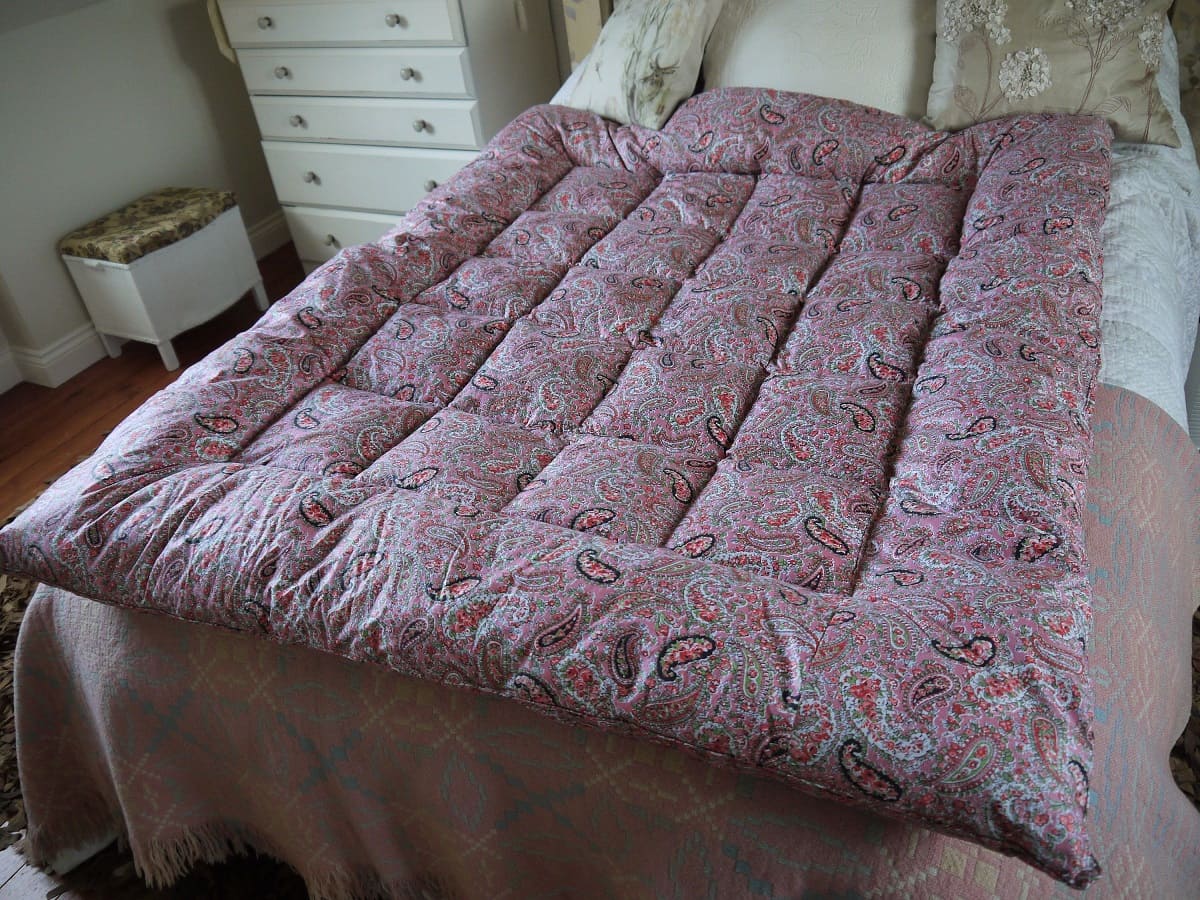

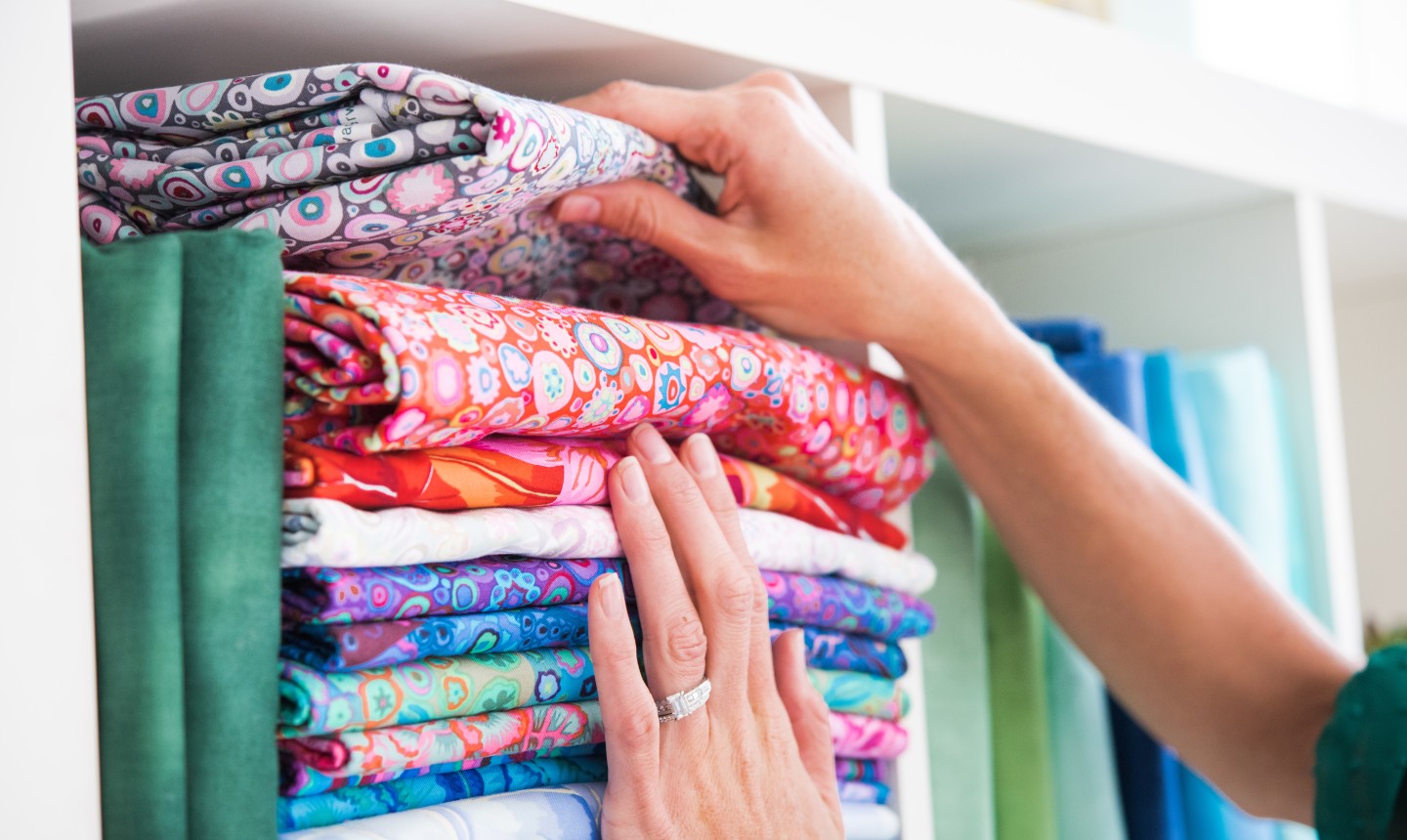
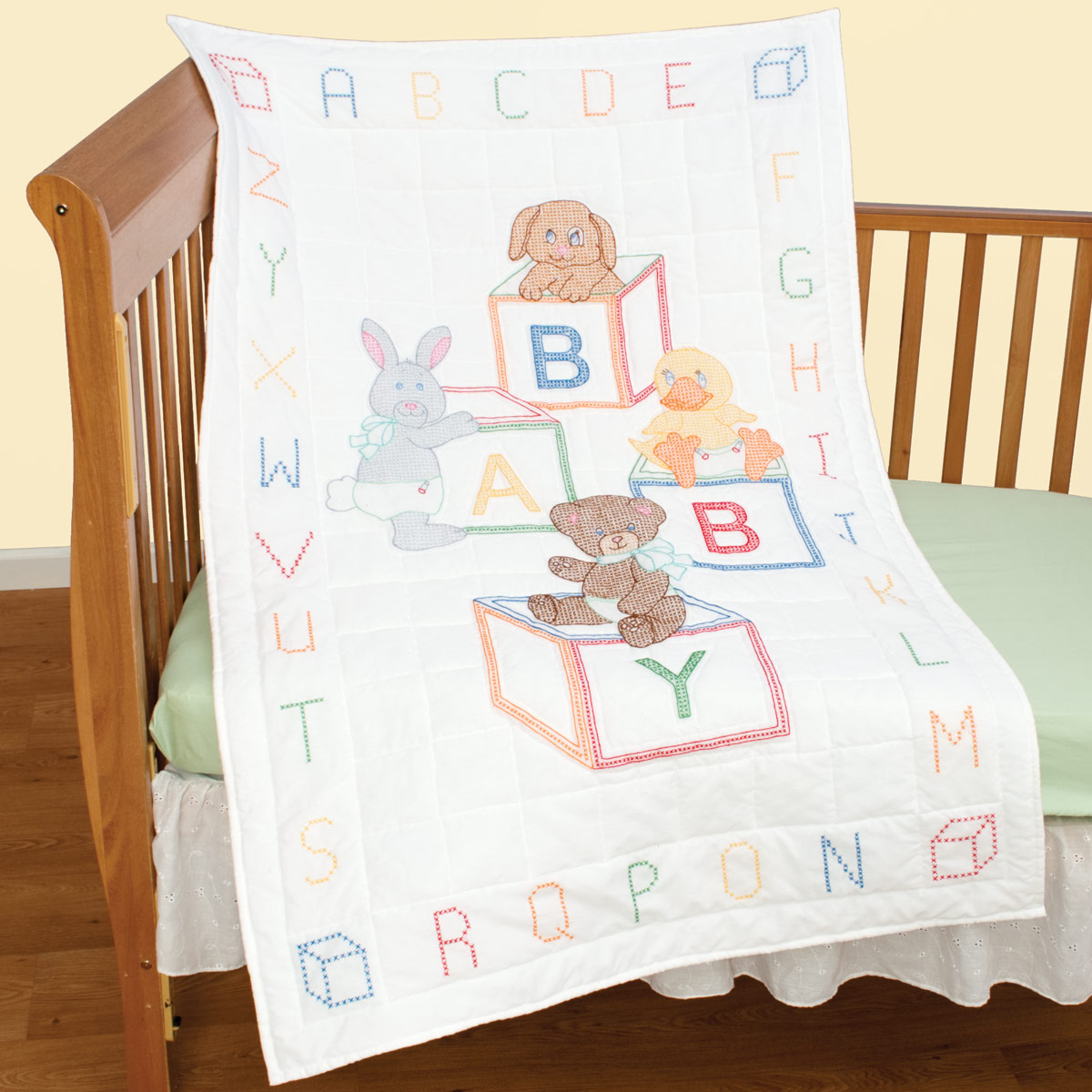
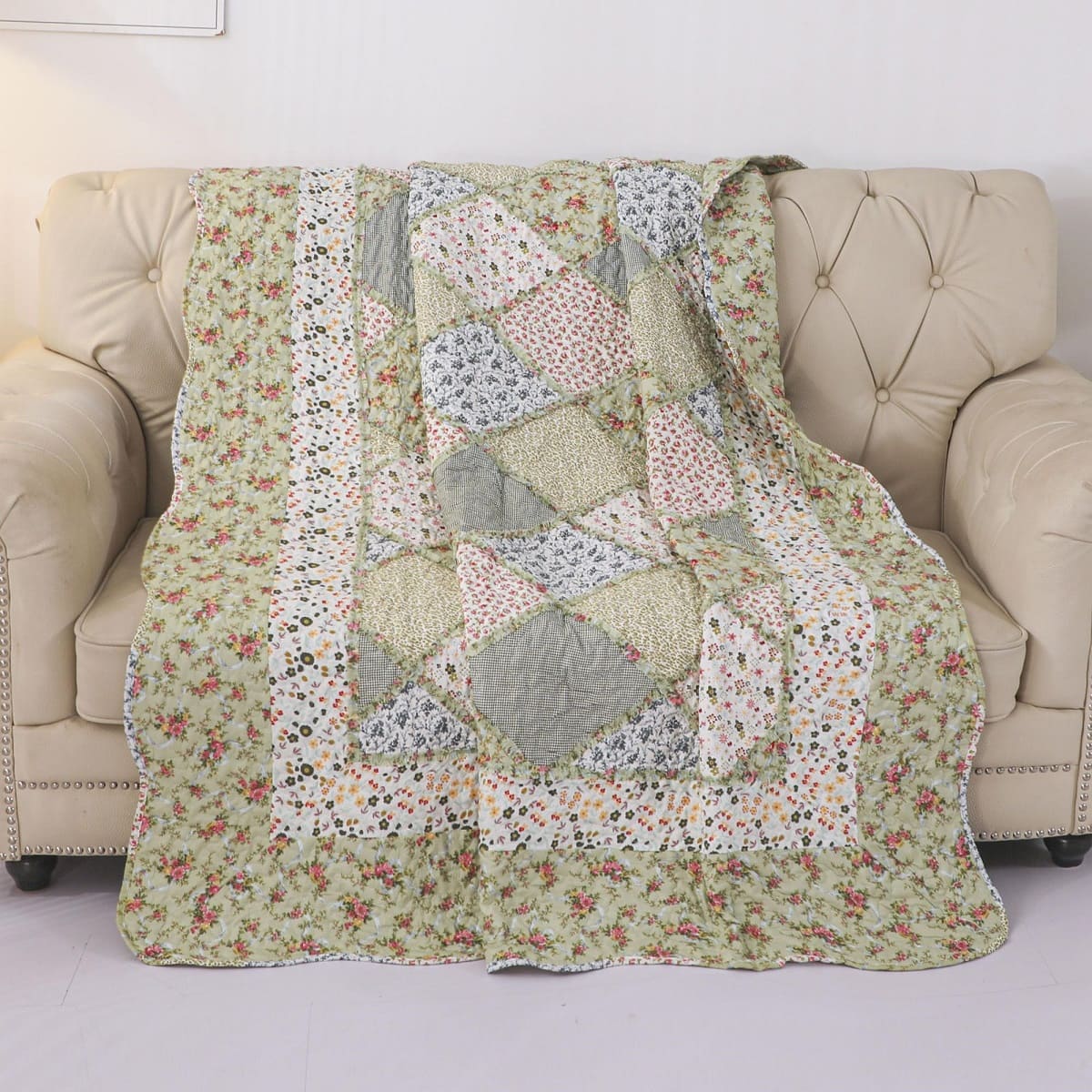
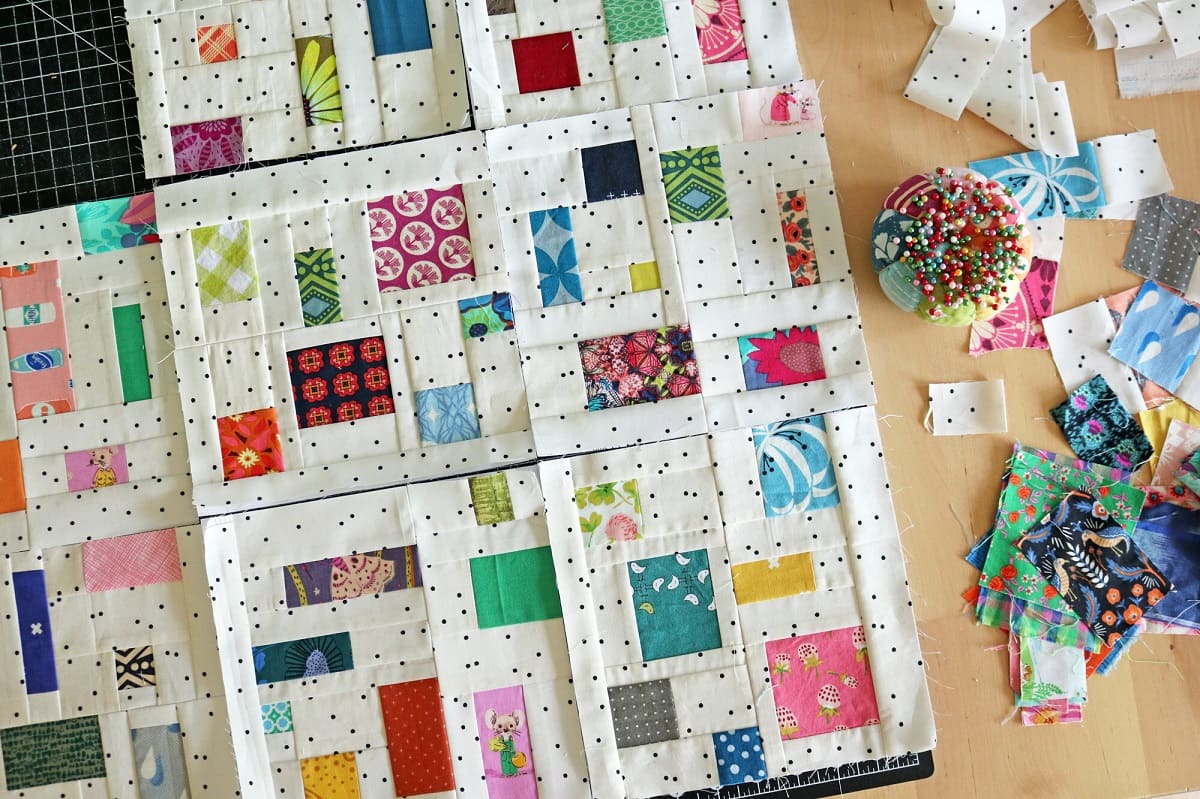
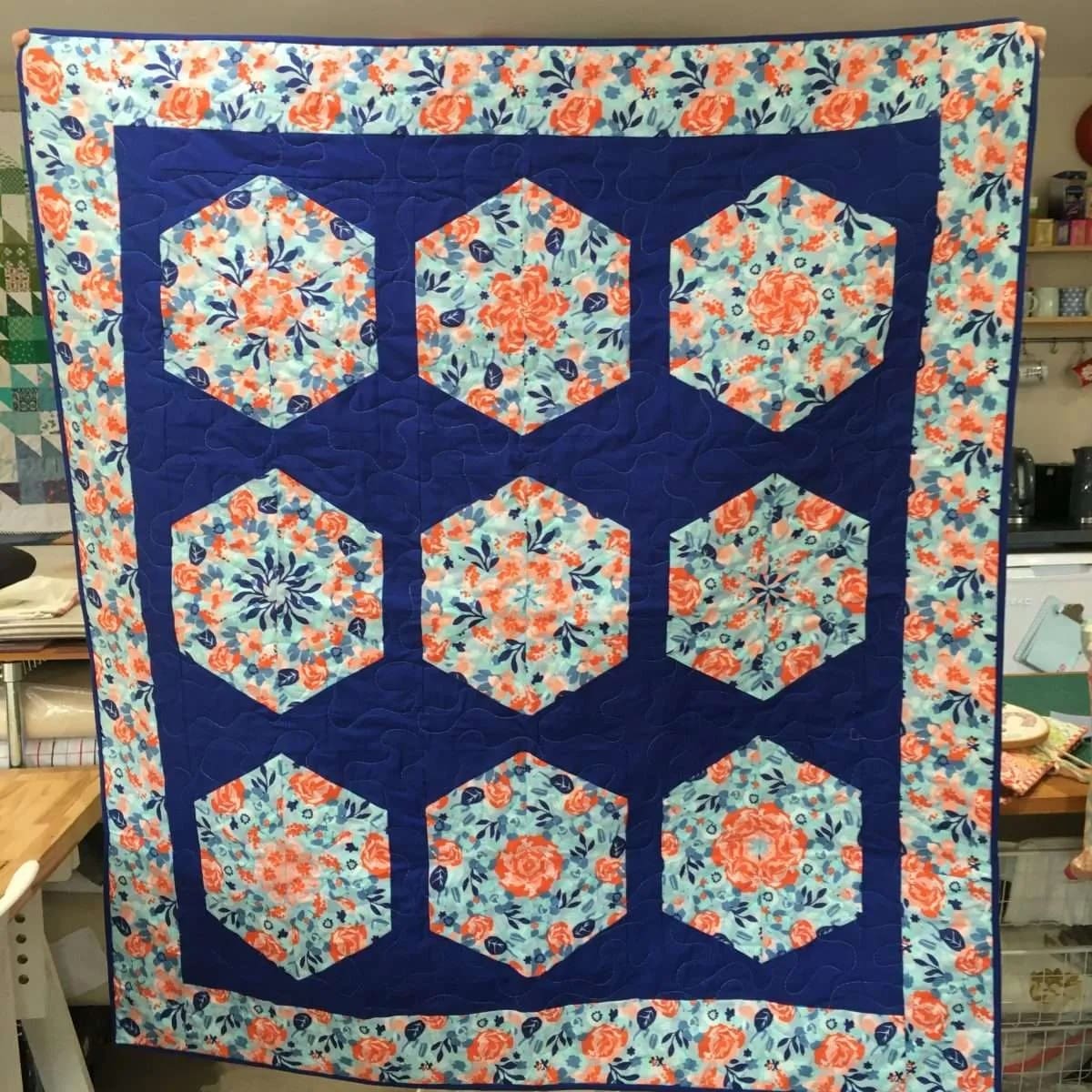
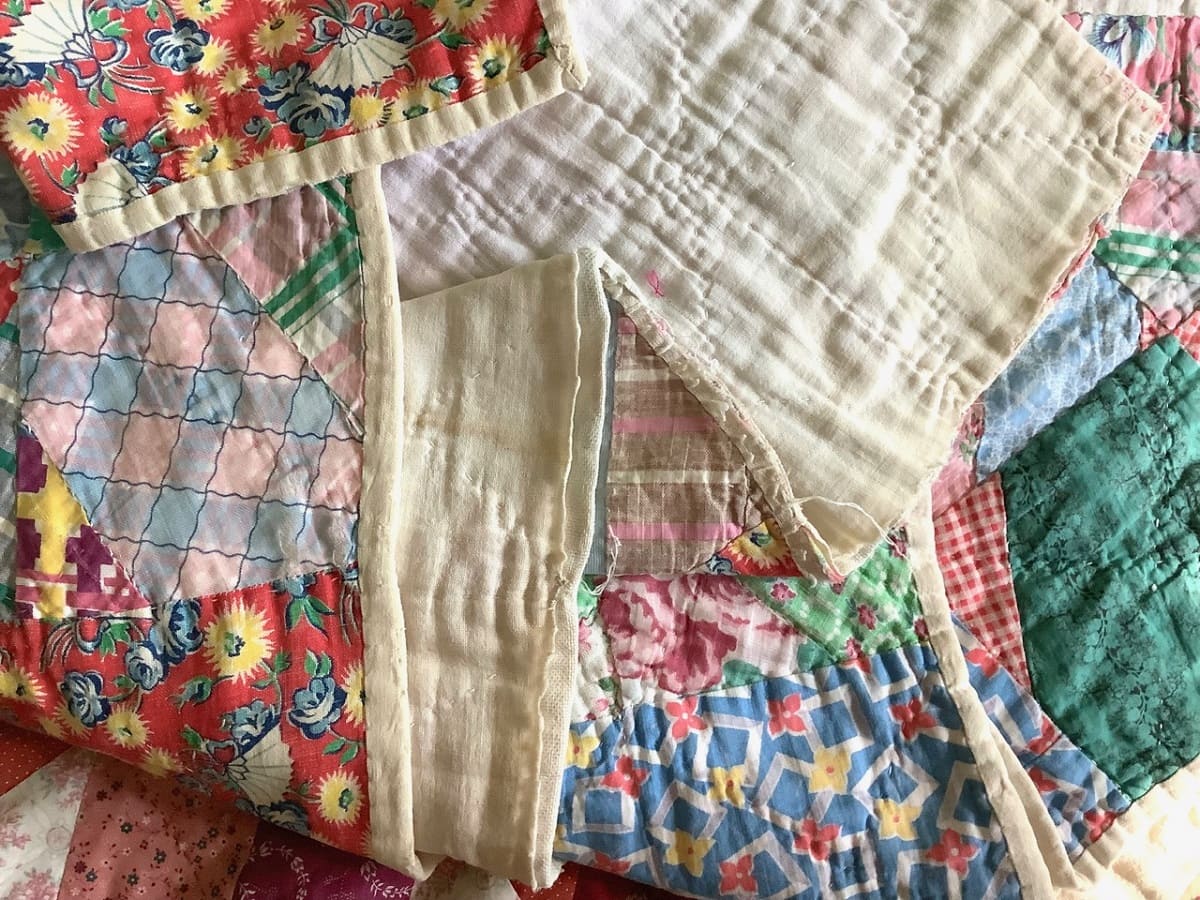
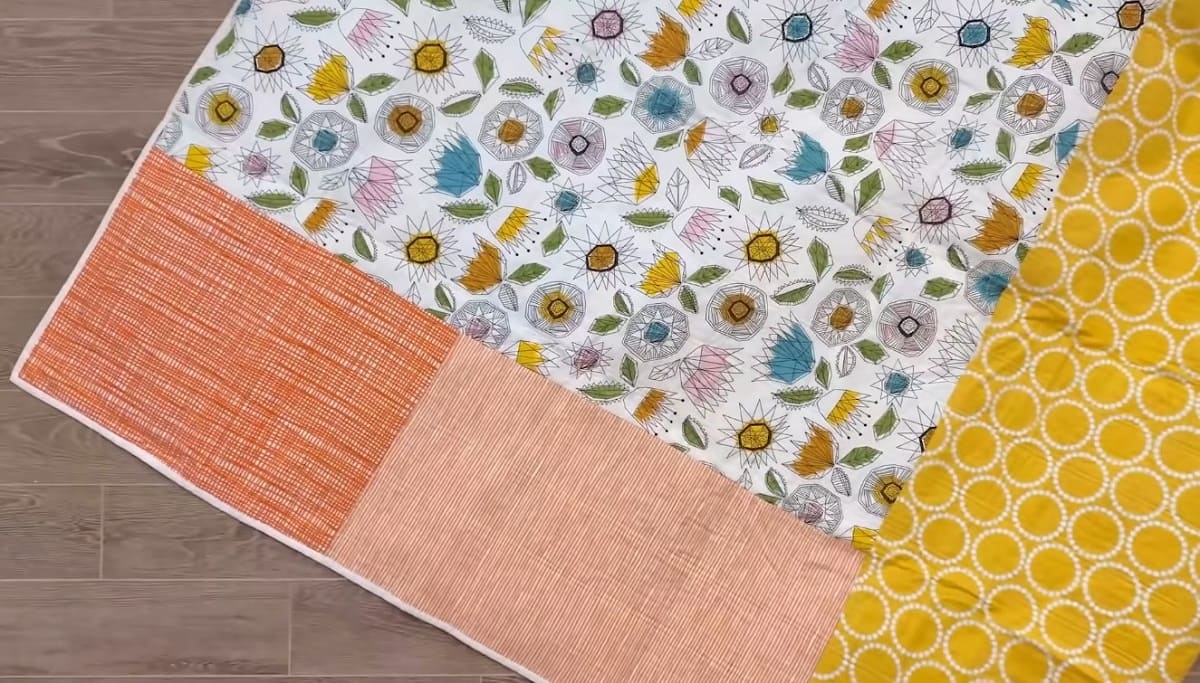
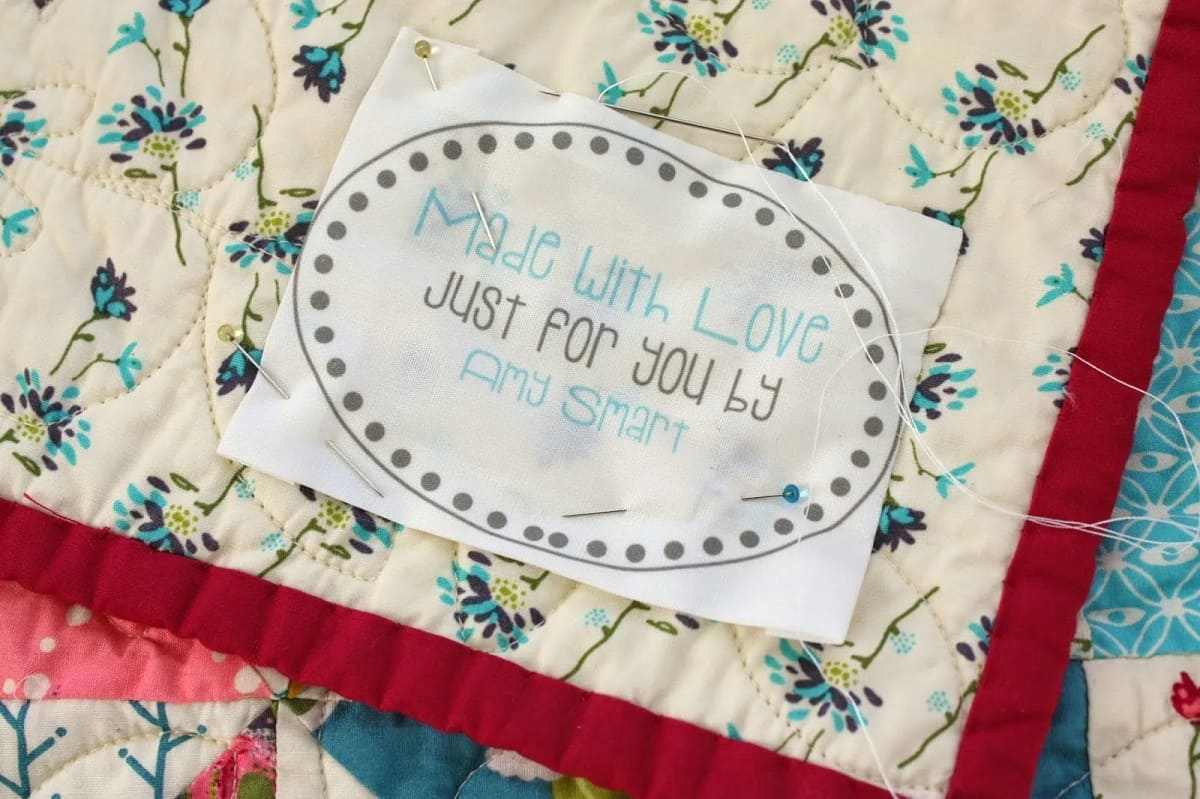
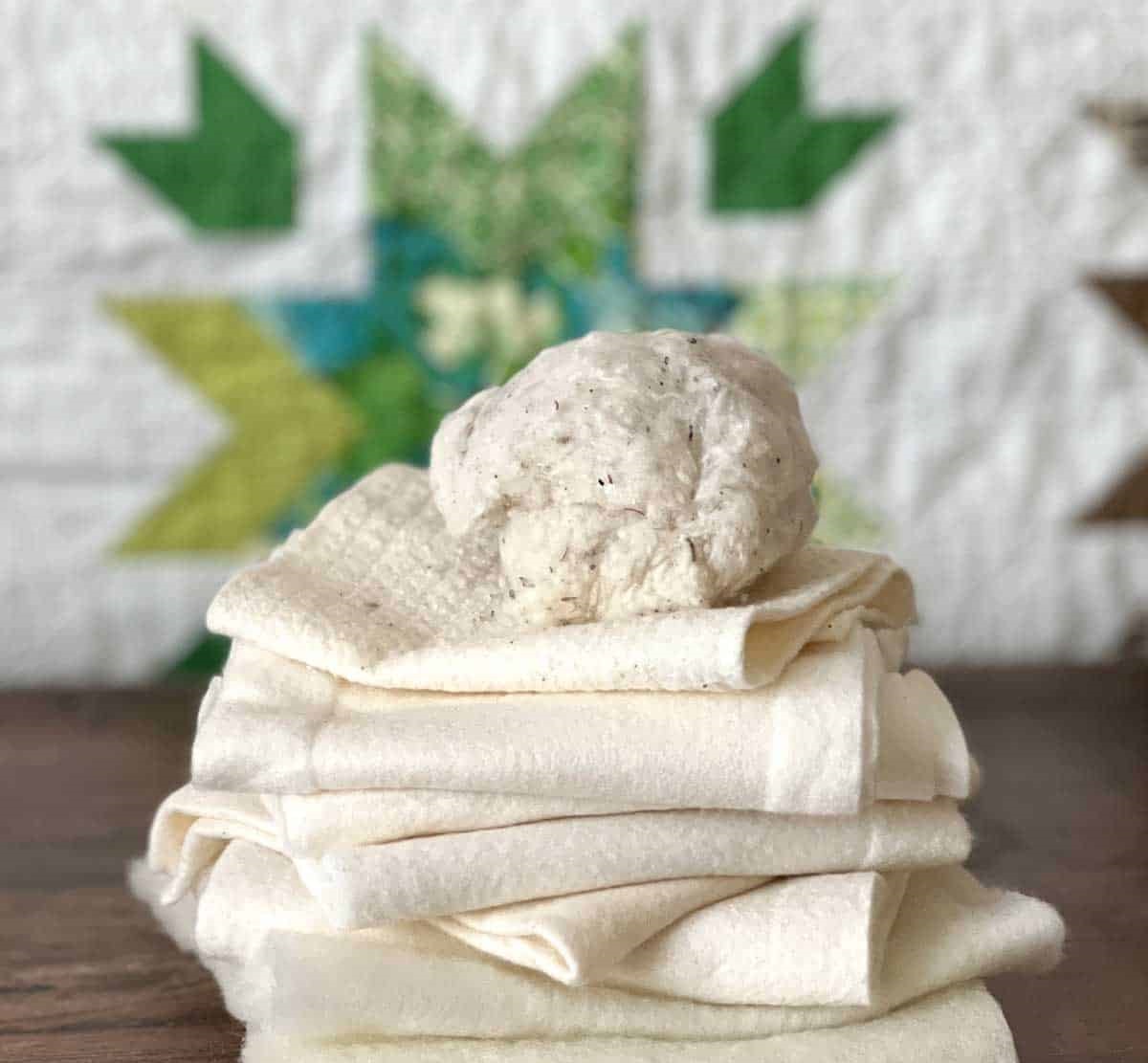
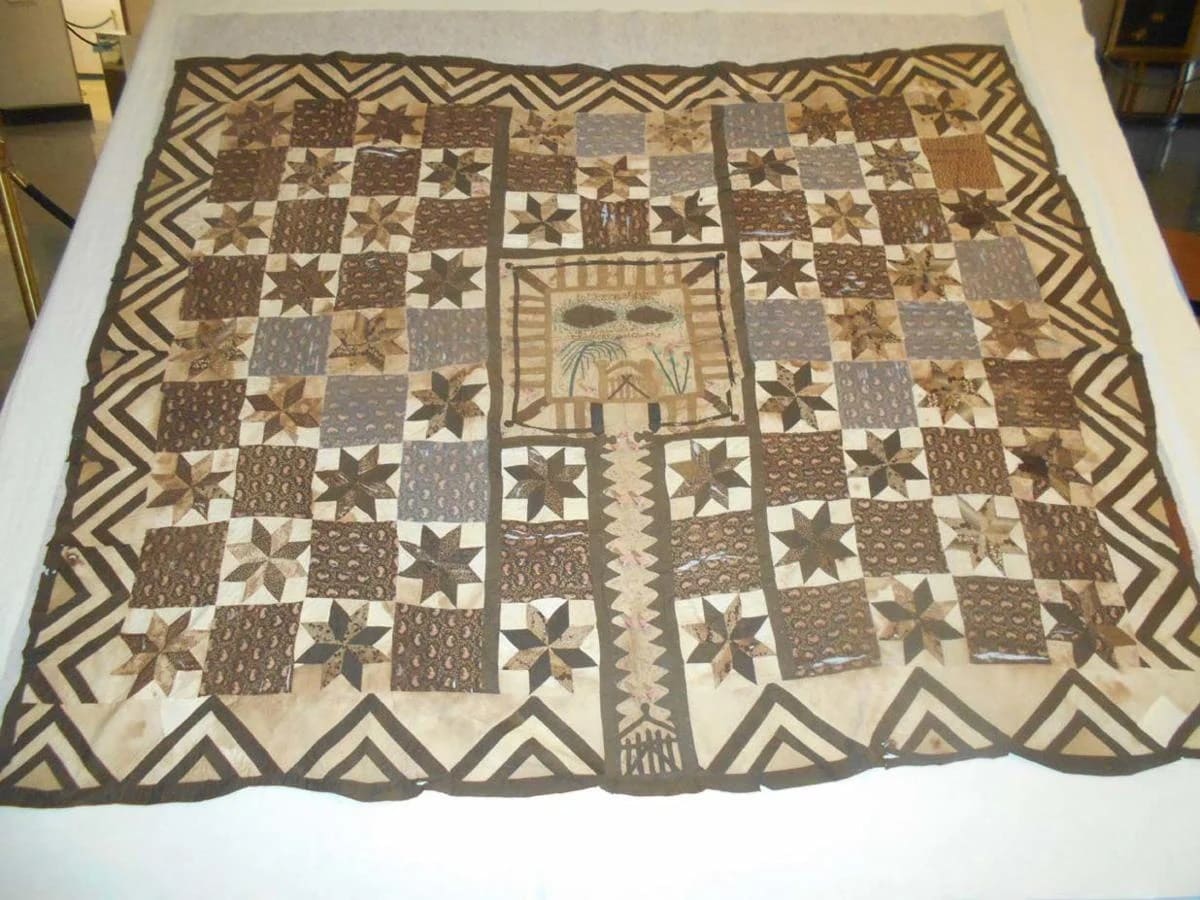
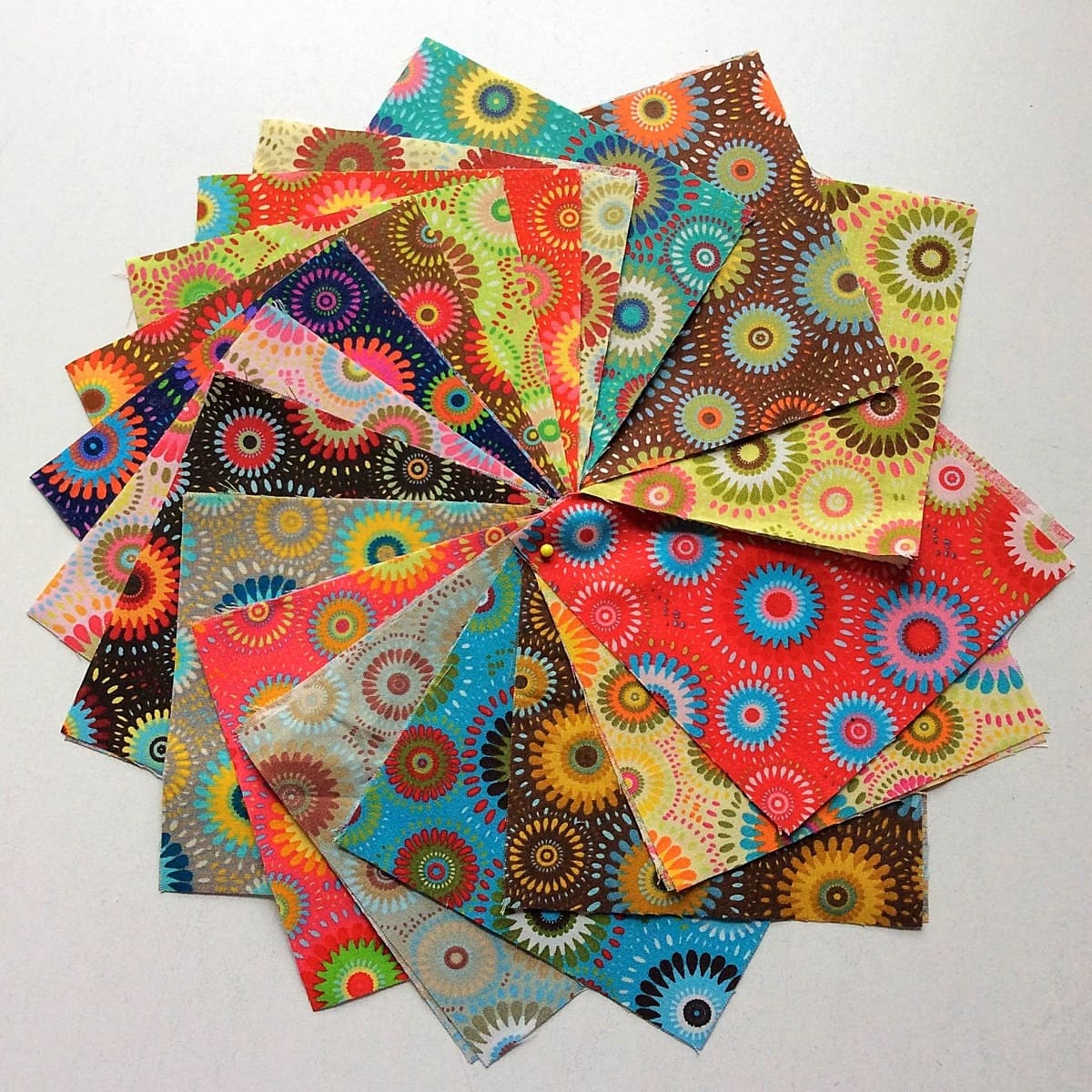

0 thoughts on “What Is A Patchwork Quilt?”